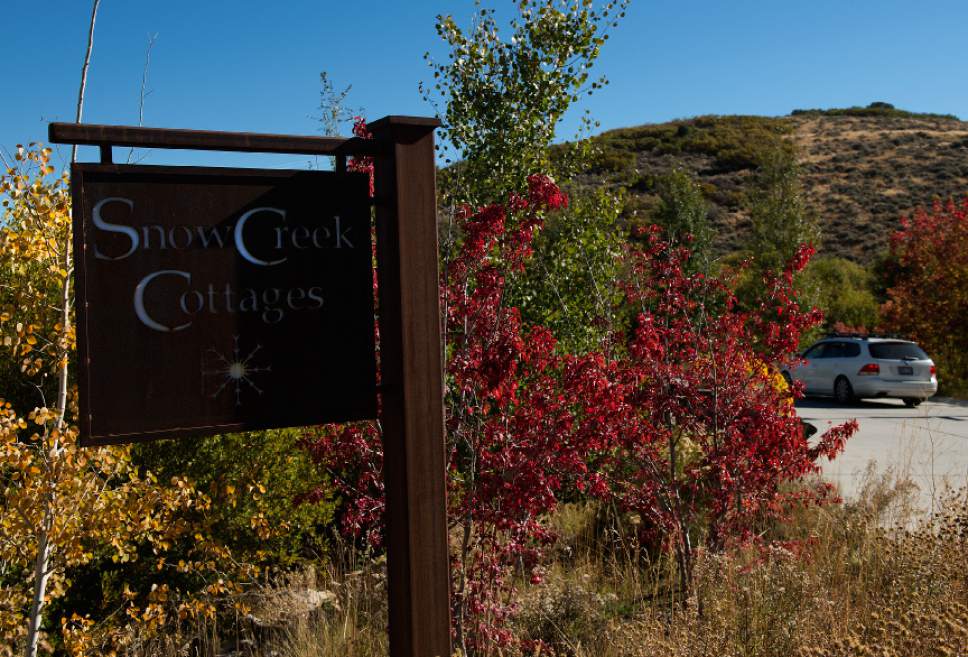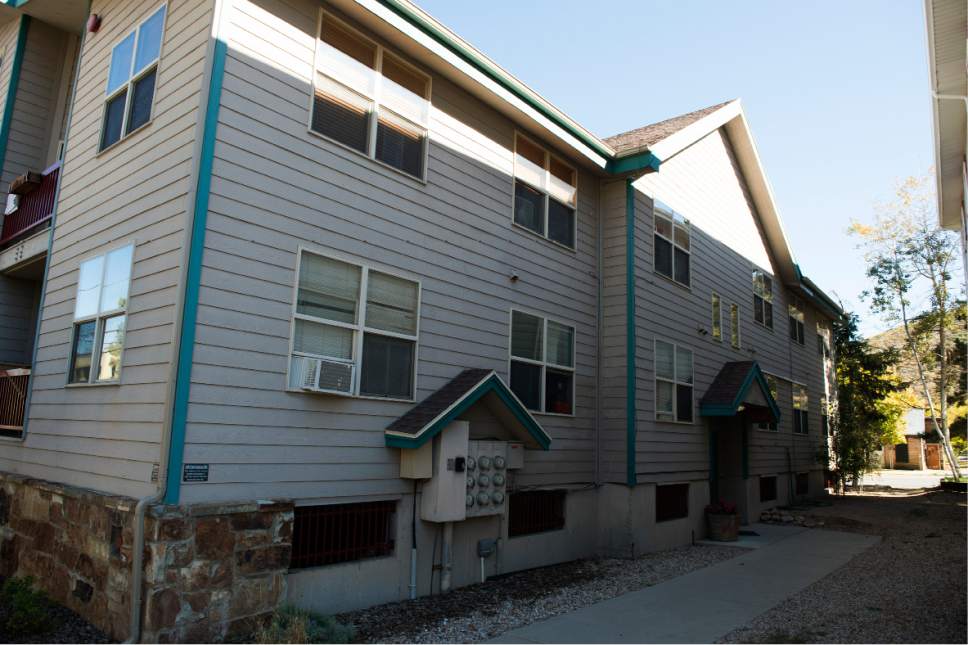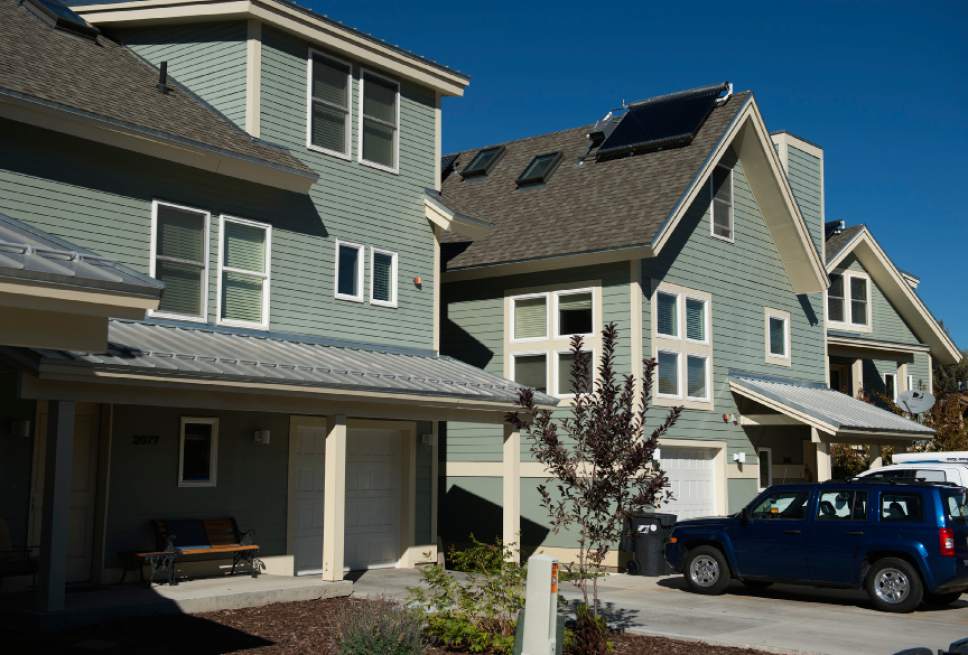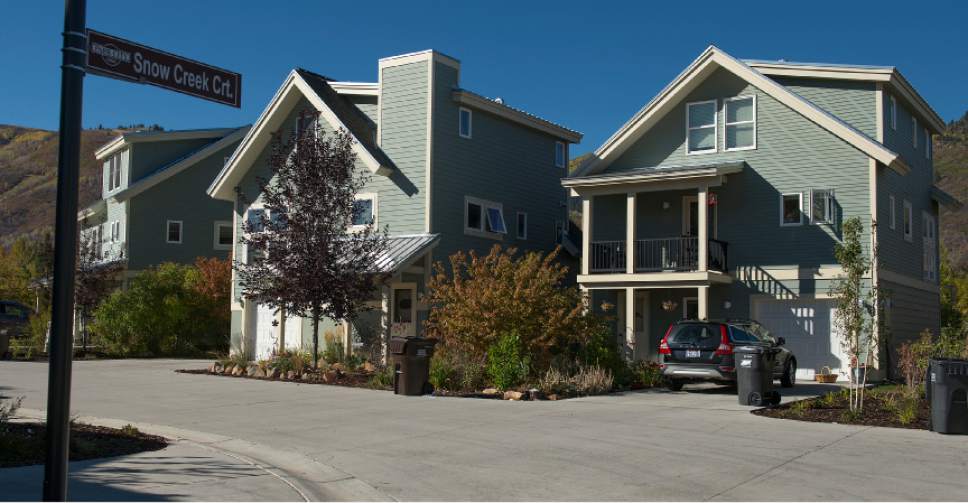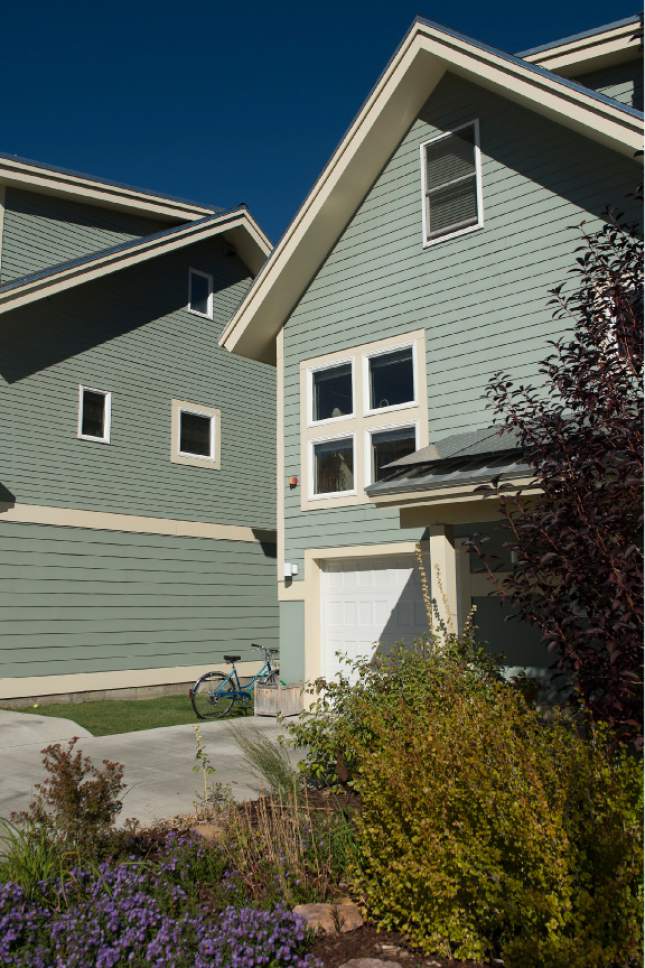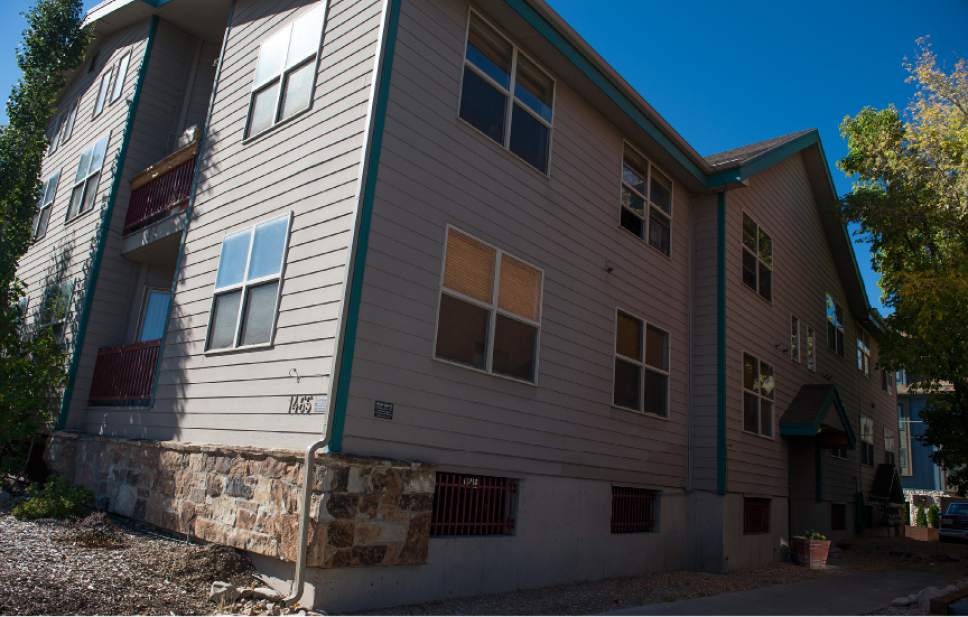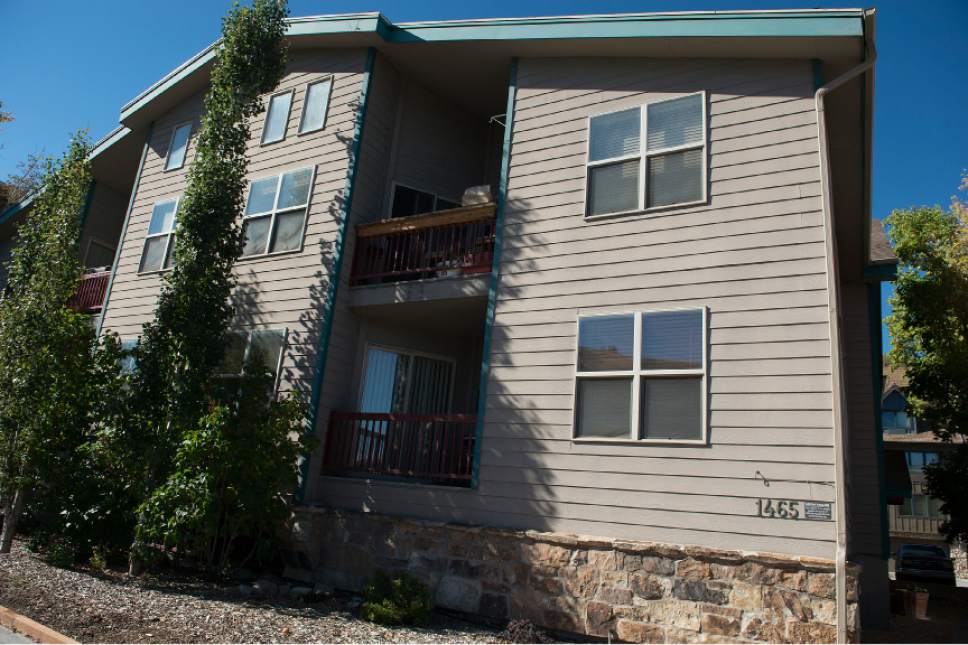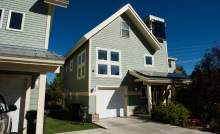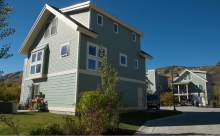This is an archived article that was published on sltrib.com in 2016, and information in the article may be outdated. It is provided only for personal research purposes and may not be reprinted.
Park City • As Salt Lake City Mayor Jackie Biskupski and the City Council grapple with how to create workforce housing, they may want to look east, where Park City has been creating affordable units since 1993.
The vacancy rate in Salt Lake City is 2 percent, pushing real estate and rents skyward. The result: Some workers spend up to 50 percent of their income on housing. That squeeze also is a key component of homelessness in the area.
The City Council is exploring ways to attack the problem, but hasn't specifically examined the efforts in Park City or western Summit County.
Park City and Salt Lake City are different in many ways, but one shared issue is that not all workers in either municipality can afford housing as wages lag rents. The issue of affordable workforce housing became acute in Park City in the early 1990s.
In 1993, officials and business owners began to see that resort, hotel and restaurant workers were unable to enter the housing market in Park City as real-estate values exploded. And it was clear that the resort-based economy could not thrive without those low-come workers.
Among the initial steps Park City took was implementing "inclusionary zoning, which requires 15 percent workforce housing in developments that went through its master plan development program, said Rhoda Stauffer, the city's affordable-housing project manager. In addition, the city required developers of commercial projects to provide the equivalent of 20 percent of its employees with affordable housing.
Salt Lake City also is considering inclusionary zoning, but so far hßas not raised the prospect of requiring commercial developers to provide affordable housing for a portion of employees.
In the past 25 years, Park City has provided $11 million in short-term loans to developers building workforce housing. Tax credits and federal rural-development funds also have contributed. But neither Park City nor the surrounding western Summit County area is eligible for other federally subsidized housing programs.
Nonetheless, Park City has had a hand in the creation of 497 workforce houses and apartments, which amounts to about 16 percent of the year-round housing stock, Stauffer said. It does not include nightly rental properties.
The houses are owner-occupied and some have deed restrictions, keeping sellers from appreciating home values more than 3 percent, compounded annually.
Park City also has acted as the developer for one single-family home development — the 13-unit Snow Creek Cottages — and has plans for two more. It recently allocated $40 million for those projects on city-owned land at lower Park and Woodside avenues.
An additional 412 workforce units have been built in the Snyderville Basin area north and east of the city limits.
Another 375 units are in the planning stages, said Jeff Jones, Summit County economic-development director.
The county requires 20 percent of new housing developments to be set aside as workforce units. And, like Park City, it requires a new business to make available affordable housing for the equivalent of 20 percent of its employees.
Nonetheless, the challenge remains for workers whose wages don't keep pace with real-estate values.
Some 10,000 jobs are centered within Park City, Stauffer said. Only 20 percent of the workforce lives in town. When Snyderville Basin housing is included, she said, the number of employee residents jumps to 43 percent.
Overall, that means 57 percent of workers still must commute from outside the area. In western Summit County and Park City, some 13,300 workers commute in every workday , Jones said, while more than 12,000 Park City and western Summit County commute out of the area.
It can make for a lot of congestion when added to busy ski-resort traffic.
Scott Loomis, executive director of Mountainlands Community Housing Trust, a nonprofit that focuses on developing and maintaining workforce housing, said jobs continue to come to the area faster than affordable housing can be built.
"We're basically in crisis, as well," he said. "Home prices go up and wages don't."
In the end, he said, creating enough workforce housing will require more resources.
Park City Mayor Jack Thomas explained that what he calls "complete communities" have workers who live close to their jobs. And, he added, most Park City residents don't want to live in a resort theme park that has no heart or soul.
"In our community, our core values are we still want to be a small town," he said, "with a sense of community."
That means a cross section of income earners makes up the fabric of the community. Workers commuting from other towns and counties can't add to that collective but create pollution, traffic congestion and waste a lot of time going back and forth.
Nonetheless, the price of real estate keeps many workers behind the wheel as commuters. It also pushes people out, particularly young people who grew up in Park City.
"We recognize the imbalance," Thomas said. "We are trying to figure out how to swing the pendulum back."


